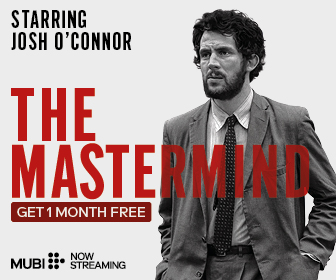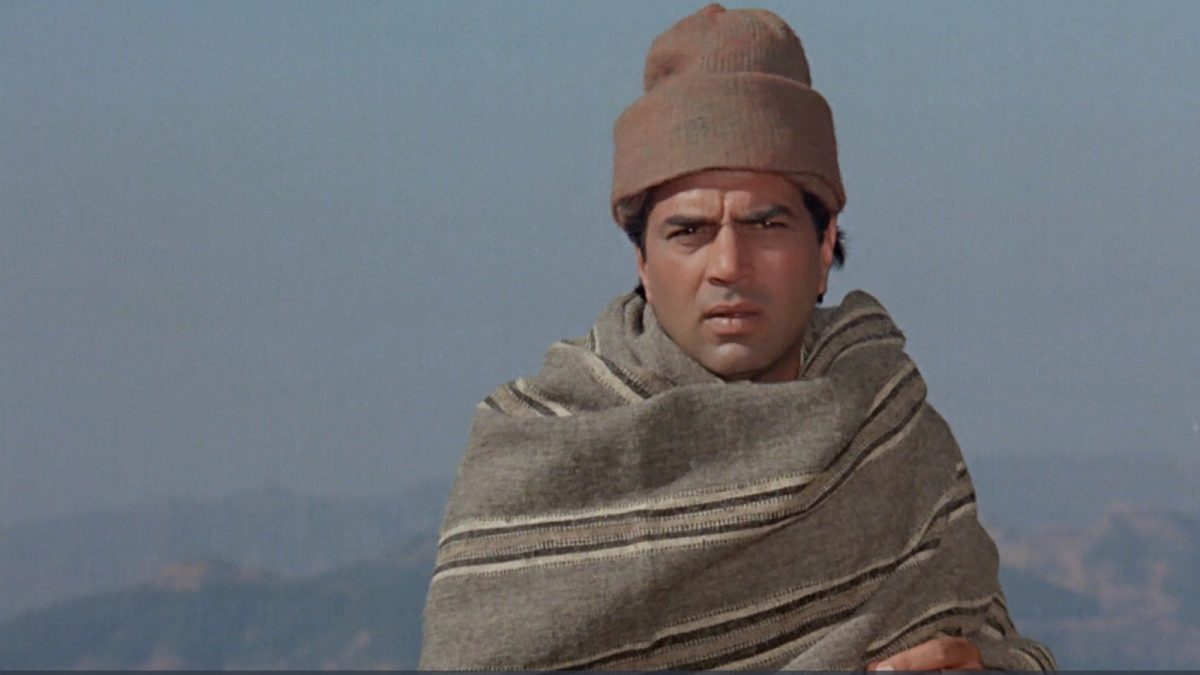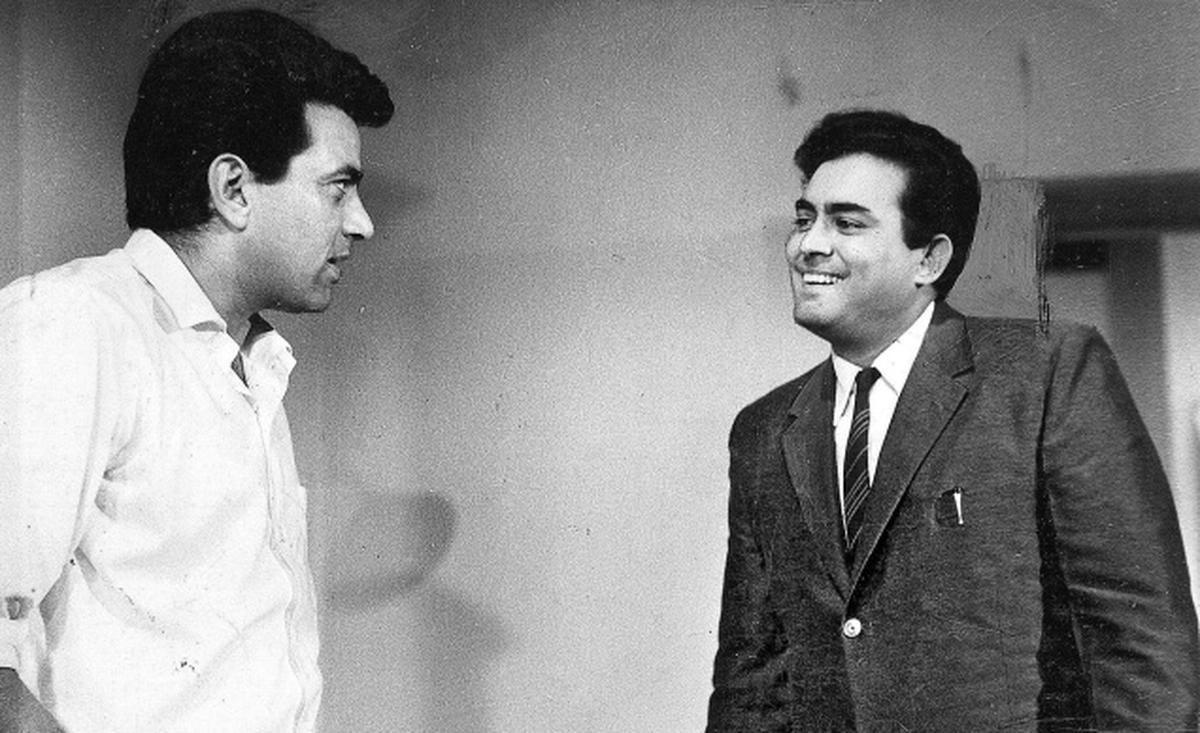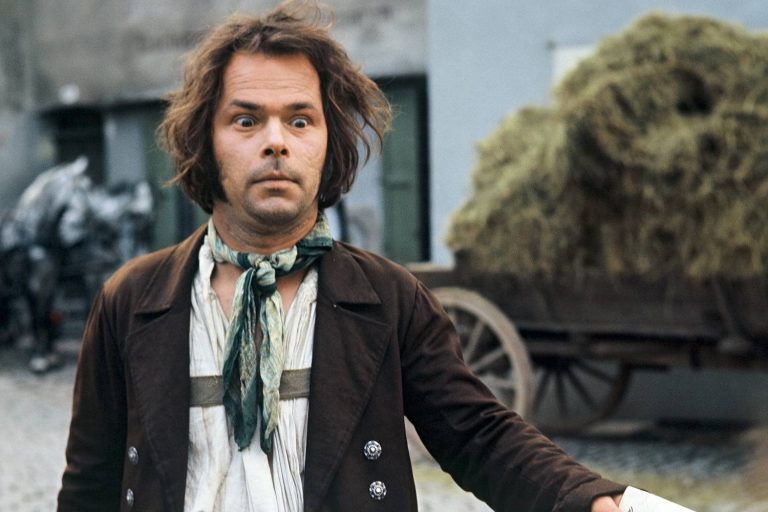Just 15 days shy of his 90th birthday, Indian film star and Hindi cinema’s most handsome man, Dharmendra, breathed his last, surrounded by admirers, friends, and family. While losing a loved one, especially a popular figure, at any age, can be painful, one cannot help but wonder if the great man spent his last moments on earth with contentment. Contentment over the sudden resurgence of his sons’ film careers after close to two decades of failures and disappointments, and certainly, contentment over returning to sets of worthwhile films with a hale-and-hearty look, which is a relief from witnessing a gaunt, unrecognizable old man in “Yamla Pagla Deewana Phir Se.”
Beyond his remarkably long career and the iconic roles many directors cast him in, writing about Dharmendra leaves one in a bit of a quandary. It has been astutely pointed out that he held his own against the Rajesh Khanna hysteria and the Amitabh Bachchan phenomenon, a point that inadvertently underscores the fact that, despite the many box-office triumphs Dharamji saw, he was never the reigning star of a time like Khanna or Bachchan was.
Reigning stars are always easier to write about. Just look at the sheer volume of literature on the towering trio of Raj Kapoor, Dev Anand, and Dilip Kumar. Their reign wasn’t limited to box-office riches. Obviously, it shaped the grammar and swagger of Indian cinema itself. Shammi Kapoor earned that same crown in spirit and style, even while being routinely placed behind the noticeably milder Rajendra Kumar. For scholars to read phallic symbolism into Shammi’s electrifying physicality, dancing wildly against the cautious sexual codes of 1960s Hindi cinema, requires an almost daring stretch of imagination.
Rajesh Khanna offers easy meat by way of playing the same part in the first and last films of his superhit streak: in both “Aradhana” and “Andaz,” he’s a happy-go-lucky charmer who cooly seduces a woman on a vehicle and promptly dies, leaving her devastated and, more shockingly, pregnant. Despite taking off his shirt in “Phool Aur Paththar” and being known as ‘Garam Dharam’ or ‘He-Man,’ Dharamji never awakened the hormones of the female population as Khanna did. Imagining Guddi fanboying over Khanna is a terrifying proposition in more ways than one.
Both Khanna and Dharmendra were favorites of Hrishikesh Mukherjee, who came under the aegis of this minimalist filmmaker. But there is a difference between Rajesh Khanna and Dharmendra in a Hrishikesh Mukherjee film. In “Anand” and “Bawarchi,” there is a clear relationship between Khanna’s parts and performances and his star image. The broken society or family in these films is not different from Amar Prem’s Calcutta, and Khanna does his best to fix the system and restore a fairer order. It is a task he attempts, even in “Namak Haram,” to bridge the industrialists and his workers.
The link between the ‘Angry Young Man’ archetype and Amitabh Bachchan in “Anand” or “Namak Haraam” feels undeniable, but Dharmendra in “Anupama” is a completely different creature from Dharmendra in “Hukumat” or “Watan Ke Rakhwale.” In this sense, he ends up feeling closer to Salman Khan than the actors who share his bloodline. Dharmendra meant the comparison personally, but the parallel still tracks, especially for the version of Salman shaped by the “Barjatya world,” who eventually morphed into “Chulbul Pandey” when the SRK wave took over the zeitgeist.
The comparison remains unsatisfying. Salman’s masala films sit squarely in the space of “wholesome entertainers,” and Dharamji never reached that same commercial peak as a romantic hero that Salman climbed so effortlessly. Dharmendra was always harder to pin down, moving between eras, personas, and film languages in a way that resists quick summary or single-genre definition.
Also Read: Sholay At 50: The Anatomy Of An Indian Cult Classic
To reconcile the many Dharmendras we find in Hindi cinema history, it is best to examine the 80s which, per many critics, was one long period of declining standards for the star that climaxed with the notorious Kanti Shah trying to edit a workout clip to create a sex scene that got him a thrashing from Sunny Deol’s dhai kilo haath (True story). The authentic star signature of Dharmendra, who was the onscreen embodiment of earthy Punjabi spirit, can best be obtained amid the dunes of Rajasthan in JP Dutta’s “Ghulami.”
Before his war films, JP Dutta was still in love with epic runtimes and wide shots in deserts. Despite the problems of length and pace that are consistent through his films, Dutta’s early work featured many powerful and haunting moments that grew fewer amidst the spectacle of war in “Border” or the excruciating “LOC Kargil.” If you thought a blind Rakhee evoking Gandhari in “Border” is disturbing, wait till you see the treatment and fate of Dharmendra’s mother in this film.
‘The Angry Young Man’ of Salim-Javed was a man haunted by personal traumas that reflected broader political pressures. Vijay’s complicated feelings for his father are a screen for his problems with society and the state. This is consistent with Amitabh Bachchan at his best under Hrishikesh Mukherjee films, be it “Milli” or “Namak Haram.” The conflicts in these films were contained within the family structure, a metaphor for the Indian state.
Dharmendra, on the other hand, has played idealists, most famously in “Satyakam,” and even in earlier films such as “Bandini” or “Anupama.” Dutta merely transports this idealist to the boot of Rajasthan’s horrifying feudal caste system, where the written word so dreads a farmer that he refuses to look at it, and the British can be uprooted far more easily than the feudal lords.
In this bleak world, the Dharmendra protagonist has a meet-cute at a library and falls for a very intellectually progressive woman in a situation that might seem like a Hrishikesh Mukherjee scene, but this love is immediately undercut by caste differences. The protagonist is an ardent reader, whose choice is Gorky’s “Mother,” and the rousing climactic moment has the hero overthrow the zamindar by burning his account ledgers.
There is no shortage of material in “Ghulami,” a film widely remembered for the terrific “Zihal-e-Miskin” song and the punchy “Koi Shaq” catchphrase. The film has sharp dialogue and moments that echo real conflicts still hauntingly familiar today, whether it’s a groom on horseback or a gunfight over the right to draw water from a well.
The film showcases Mithun at his most magnetic, layers Naseeruddin Shah and Smita Patil with compelling character work, and wears its western influences lightly, like dust on old boots rather than costume. All of it deserves closer study, but I rein myself in here, because this is a tribute to Dharmendra first, and a reminder that too much of his filmography sits in blind spots — unseen, uncatalogued, or discussed only in passing. There is still no proper public print of “Ghulami” available, an absence that says more about our archiving habits than any headline celebration ever could.
Dharmendra belongs to a category of legends who can’t be captured through checklists — box-office tallies or chronological biographies flatten the shape of a career this sprawling. Yes, his films have lived longest in the choruses of songs, in hummed nostalgia, in mass memory, but there’s a difference between being remembered and being explored. Cinema’s icons are not museum pieces. They are connective tissue between decades, witnesses with expressions and gestures, accidents of stardom that end up reflecting us back to ourselves. “Koi Shaq?”




![Taxi Driver [1976] : An Existential Ride](https://79468c92.delivery.rocketcdn.me/wp-content/uploads/2019/06/Taxi-Driver-An-Existential-ride-High-on-Films-1976-768x433.jpg)
![[Watch] Video Essay Exploring High and Low Art in Jean-Luc Godard’s Alphaville](https://79468c92.delivery.rocketcdn.me/wp-content/uploads/2018/05/LEMMY-CONTRA-ALPHAVILLE-768x397.jpg)



